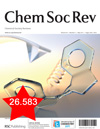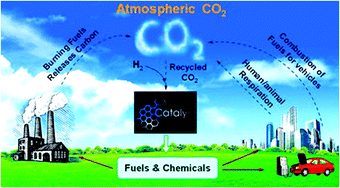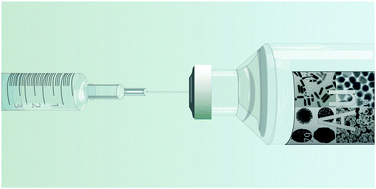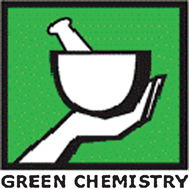 Last night I bumped into one of my Chem Soc Rev colleagues, Bryan (Publishing Editor), at a charity wine tasting event – not literally: I didn’t have that much wine.
Last night I bumped into one of my Chem Soc Rev colleagues, Bryan (Publishing Editor), at a charity wine tasting event – not literally: I didn’t have that much wine.
It was a really enjoyable evening. Not only was there nice wine and nibbles, there were also quite a lot of science-y facts.
Some things I learned:
- Wine has legs but they don’t necessarily indicate high alcohol content.
- Wine changes colour as it ages due to oxidation. Both red and white wine eventually turn the colour of onion skin, according to the wine expert.
- Terroir is the ‘sense of place’ the wine has, influenced by the geography, geology and climate of the place it was produced.
- Wines with higher sugar and acidity content keep for longer.
If you like a drop yourself and fancy learning more about the science behind the wine, check out these articles:
 Recent advances in the science of champagne bubbles
Recent advances in the science of champagne bubbles
Gérard Liger-Belair, Guillaume Polidori and Philippe Jeandet, Chem. Soc. Rev., 2008, 37, 2490-2511
Wine flavor: chemistry in a glass
Pavla Polášková, Julian Herszage and Susan E. Ebeler, Chem. Soc. Rev., 2008, 37, 2478-2489
Discrimination of flavonoids and red wine varietals by arrays of differential peptidic sensors
Alona P. Umali, Sarah E. LeBoeuf, Robert W. Newberry, Siwon Kim, Lee Tran, Whitney A. Rome, Tian Tian, David Taing, Jane Hong, Melissa Kwan, Hildegarde Heymann and Eric V. Anslyn, Chem. Sci., 2011, 2, 439-445
The impact of flavonoids on memory: physiological and molecular considerations
Jeremy P. E. Spencer, Chem. Soc. Rev., 2009, 38, 1152-1161
Also of interest:
Chemistry and Biology of Winemaking: an RSC book ideal for anyone interested in the process of winemaking














 In the
In the 


 Concern for our planet and its well being is forcing chemists to think about greener, more sustainable processes to make the things we need and want, such as new technologies, fuels and drugs.
Concern for our planet and its well being is forcing chemists to think about greener, more sustainable processes to make the things we need and want, such as new technologies, fuels and drugs.

 Your hair can reveal a lot about you – what you’ve eaten, where you live, what you’ve been exposed to and how healthy you are.
Your hair can reveal a lot about you – what you’ve eaten, where you live, what you’ve been exposed to and how healthy you are.